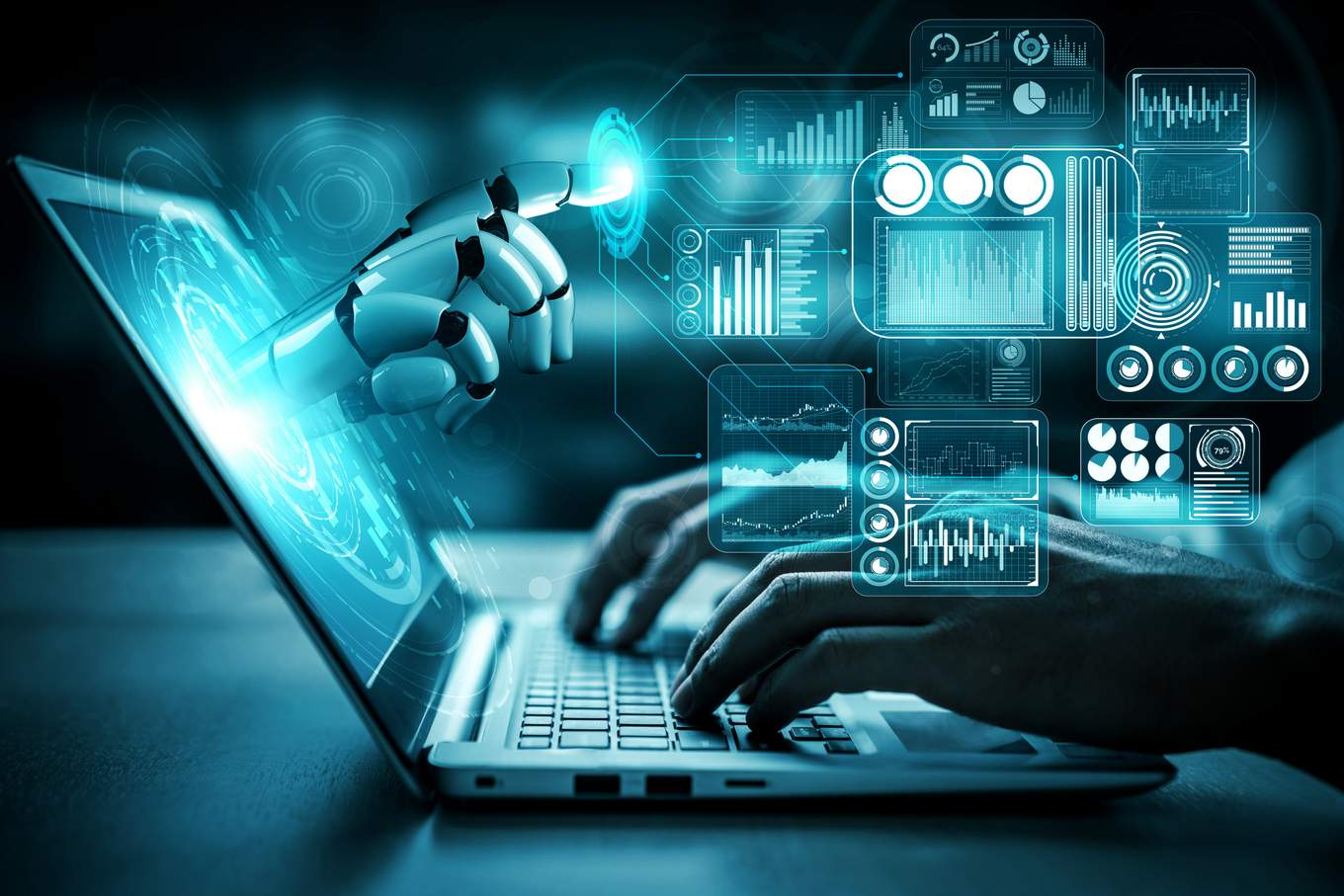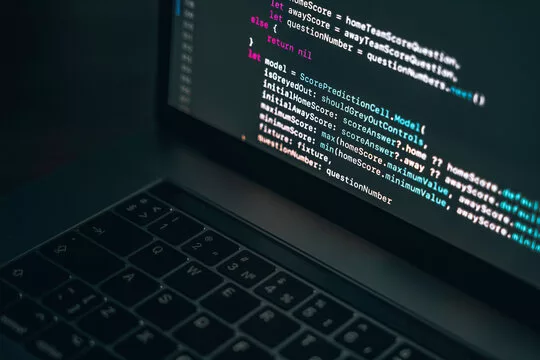Have you ever wondered how Netflix recommends movies and shows that suit your taste? Or how Amazon predicts the products you might be interested in buying? These are all possible thanks to machine learning algorithms. However, for these algorithms to work effectively, they need to be accurate. But what exactly does accuracy mean in the context of machine learning? In this blog post, we’ll explore the concept of accuracy in machine learning and its importance in building reliable models. So buckle up and get ready for an informative ride!
Accuracy in machine learning
In machine learning, accuracy denotes the percentage of correct predictions made by a machine learning algorithm. Usually, accuracy is gauged by employing a validation or training dataset and then comparing the results to an anticipated value. The closer the two values are, the more accurate the machine-learning algorithm is.
There are a few factors that can affect accuracy: The quality of the training data set. The algorithms used (were linear regression vs Bayesian). The way predictions are generated can vary. This encompasses techniques like model averaging, which involve the amalgamation of predictions from multiple models, rather than relying solely on individual predictions from a single model.
Types of machine learning
Machine learning is a domain of computer science enabling computers to learn from data without the need for explicit programming. The algorithms employed in machine learning aim to enhance system performance by improving its ability to predict future outcomes based on past experiences.
There are many different types of machine learning, each with its own strengths and weaknesses. Here are just a few:
Supervised learning:
In supervised learning, the algorithm receives a pre-labeled set of training data. The algorithm is instructed about the associations between elements (or labels) and real-world objects in this dataset. It then uses this information to learn how to predict which element (or label) will be present in new data. This approach is frequently applicable to tasks such as image recognition or text prediction, where the input data is already known or labeled in some manner.
Unsupervised learning:
In unsupervised learning, the algorithm receives a set of training data without explicit information about which elements correspond to specific real-world objects. Instead, the algorithm autonomously identifies patterns within the data. This learning approach finds frequent application in tasks like natural language processing or fraud detection, where no pre-existing knowledge about the data is available.
Deep learning:
Deep learning is a type of machine learning that uses deep neural networks (DNNs). DNNs are composed of many interconnected layers that can see very deeply into an image or document than humans can. This makes them perfect for tasks like facial recognition or object recognition where there are lots of complex features to be learned.
Reinforcement learning:
In reinforcement learning, the machine learning algorithm is given a set of rewards (like money) whenever it performs a certain task correctly. The goal is then to figure out what action (or set of actions) will result in the most rewards over time. This is often used for tasks like autonomous driving or drug discovery where success depends on applying the right strategy at the right time.
How to achieve accuracy in machine learning?
Accuracy in machine learning is the degree to which a prediction or model reflects the actual data. The more accurate a prediction, the better it will be at predicting future outcomes.
There are different ways to measure accuracy in machine learning. One common way to measure accuracy is to calculate how well a model predicts each individual training instance. This is known as classification accuracy. You can typically use it for binary classification problems, like classifying emails into a spam or not spam.
Another way to measure accuracy is to calculate how well a model predicts the entire dataset. You can term this as performance accuracy. It is commonly applied to problems involving more than two classes. This includes recognizing handwritten digits from an image dataset.
You can enhance both classification and performance accuracies by utilizing features tailored to the problem at hand. For example, when classifying emails as spam or not spam, you can include features like the email’s domain (to differentiate between business-related and personal emails), message content (to identify keywords in the email body), or user behavior (to assess whether the user has been reported as spam in the past).
What is an example of an application of machine learning?
Machine learning is a branch of computer science that permits computers to acquire knowledge from data without requiring explicit programming. You can do this through the use of artificial neural networks and other algorithms. Accuracy in machine learning pertains to how effectively the AI system performs on a specific task in comparison to what would be anticipated through random chance alone. You can measure using a set of metrics such as accuracy, precision, and recall.
How do we measure the accuracy of machine learning algorithms?
Machine learning algorithms generates prediction that are as accurate as possible. The goal of any machine learning algorithm is to make a prediction that is more likely to be true than not true. You can measure accuracy in a variety of ways, but some common measures include precision and recall metrics. Precision simply measures how often the prediction matches the correct answer, while recall measures how often the prediction produces answers that are similar to the correct answer.
The most important factor when it comes to accuracy is bias. Bias refers to any difference between the predictions made by the machine learning algorithm and the expected outcomes that would occur if the model were trained on completely random data. Excessive bias can result in the algorithm generating inaccurate predictions, even when provided with high-quality training data.
How can we improve the accuracy of machine learning algorithms?
Machine learning algorithms are often successful in generalizing from training data to new data, but they may not be accurate in doing so. Indeed, you can define the accuracy of an algorithm as the percentage of correct predictions made on a new dataset compared to the total number of predictions made on the training dataset.
There are a few factors that can affect the accuracy of machine learning algorithms:
- The quality of the initial training data. If the data used to train the machine learning model is poor quality, then the algorithm will likely make more errors when trying to predict future data.
- The selection of features for the training dataset. Poorly constructed training datasets can lead to over-representation or under-representation of important features for predicting outcomes. This can result in inaccurate predictions.
- The complexity of the machine learning algorithm. If a machine learning algorithm is too complex, it may not be able to accurately generalize from training data to new data instances. This can lead to inaccurate predictions and ultimately lower performance levels for the machine learning algorithm overall.
Conclusion
Accuracy in machine learning is the ability of a model to produce predictions that are correct within a given error boundary. The goal of any machine learning algorithm is to improve its accuracy over time by finding patterns in the data. You can use those patterns to make predictions. This article has outlined some key concepts related to the accuracy, including the bias-variance tradeoff and generalization error. I hope this information has helped you understand how accuracy is important in machine learning and why it is important to strive for high levels of precision when training models.





